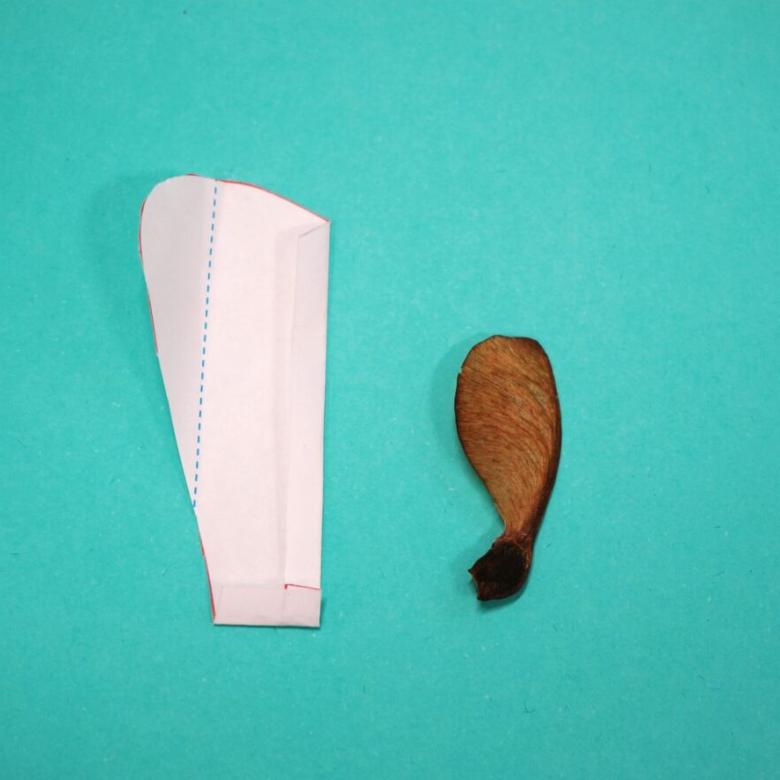You’ll need
- A piece of aluminium foil 10 cm by 6 cm
- A whiteboard marker (or similar)
- A small marble that has a diameter slightly smaller than the marker
What to do
- Gather your materials on a flat surface.
- Roll the short side of the aluminium foil around and around the whiteboard marker to make a 6 cm long tube.
- Slide the tube a bit off the whiteboard marker, and fold the aluminium foil over to close off one end.
- Slide the tube completely off the whiteboard marker and place the marble inside the hollow aluminium foil tube.
- Carefully pinch the other end of the aluminium foil tube to close it. Don’t squash the foil down tight around the marble. The marble should be able to roll inside the tube. This is your ‘bean’.
- Gently hold the aluminium foil tube between your thumb and forefinger and shake the marble. Again, don’t squash the foil. You should still have a cylinder with a marble inside.
- Gently roll the bean around on a flat surface to make it come alive!
Questions to ask
Show the bean to someone who didn’t see you make it. Ask them to guess what is causing the movement. If they need a hint, give it to them so they can feel it.
Try rolling the bean along different surfaces. What surface is the best to roll the bean along?
Can you find or make a gently sloping surface and try rolling the bean down the slope?
What happens if you use several smaller balls, rather than one big marble?
What's happening
The bean may look like it’s moving in a crazy way. But it’s really just the rolling marble pushing the aluminium foil tube along. When you tip the bean, the marble rolls along the tube. When it reaches the end of the tube, the marble will try and keep rolling. To do this, it has to push the tube, and so the tube flips over. Once the tube flips over, the marble can roll along the tube again and this pattern continues.
The moving bean illustrates Newton’s first law of motion – that an object at rest will stay at rest unless a force acts on it, and that a moving object will keep moving in the same direction, and at the same speed, unless a force acts on it. In other words, all objects resist changes to their state of motion. This concept is called inertia.
Did you know
Mexican jumping beans are real, except they are not really beans, they are seed pods. A small moth, native to Mexico, lays its eggs on a plant nicknamed the jumping bean. The eggs hatch and the larvae (or grubs) crawl and grow inside the hardened seed pods. When the seed pods are heated slightly, the larvae inside start to move around. This makes the seed pods looks like they’re jumping, like your marble in its foil tube.






